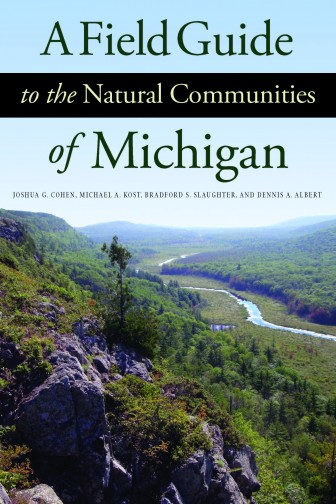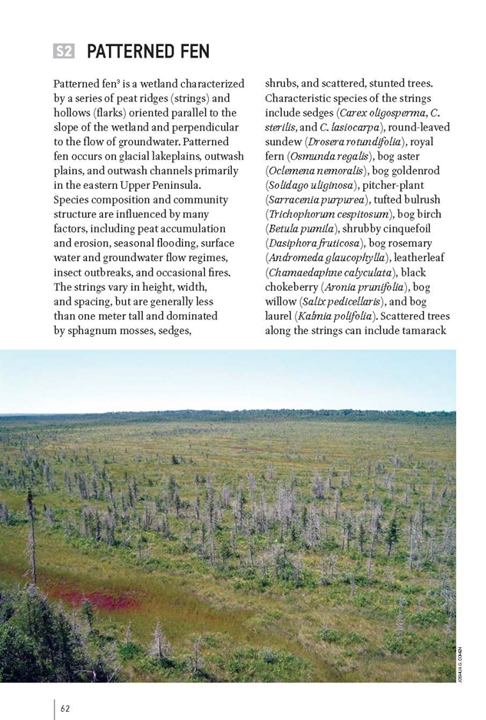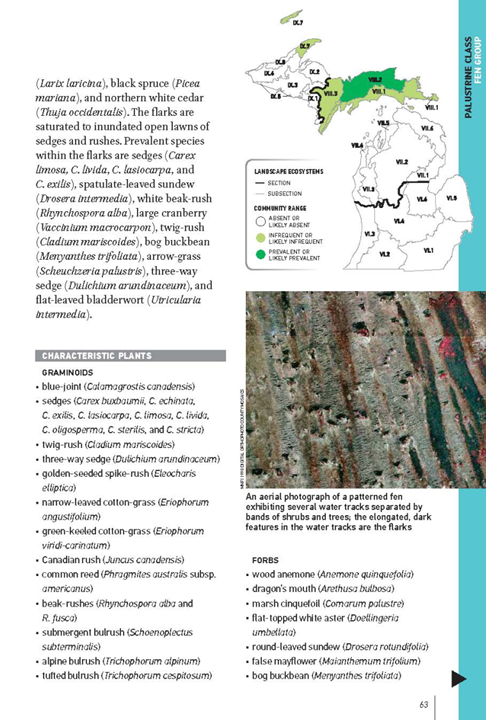
Book cover, A Field Guide to the Natural Communities of Michigan. Image: MSU Press
Review
Michigan is a vast state — and thus lends itself well to outdoor exploration.
Many years and many scientists have taken on the challenge of documenting the natural communities of this Great Lakes region. Their reports inspired A Field Guide to the Natural Communities of Michigan.
This 362-page field guide uses 77 natural community types to deeply explore a unique Michigan environment. It uses a combination of images, descriptive text and technical classifications.
The guide is a tool for identifying and understanding the surrounding landscapes, said Josh Cohen, lead author and ecologist with the Michigan Natural Features Inventory.
“It’s really for anyone interested in getting out and exploring Michigan on the ground.”
Written for all levels, the field guide retains the technical language that ecologists use to define these communities but also includes a handy glossary to get you through the jargon.
Michigan’s natural communities are broken into five broad classes, which correspond to the guide’s five main sections.
These sections contain the state’s wetland, prairie, savanna, forest, wooded dune, swale, bedrock and subterranean features.
Whether for restoration or recreation, the guide caters to natural ventures and even features the best “places to visit,” a collection of sites recommended by local residents and vetted by professional naturalists.
These places represent benchmark communities — common or rare — and their native critters.
Surprisingly, some of the more common features can be more difficult to document than the rare ones. Research and conservation in Michigan tends to focus on rare community types, said Cohen.
“The challenge was making sure we have the same level of knowledge for the more common systems, the ones we don’t have a history of documenting,” he said.
A Field Guide to the Natural Communities of Michigan costs $34.95 through Michigan State University Press and $26.05 through Amazon.
Here’s a sample.

Patterned Fen, Sample page 62. Image: MSU Press

Patterned Fen, Sample page 63. Image: MSU Press
Kevin Duffy is a reporter for Great Lakes Echo